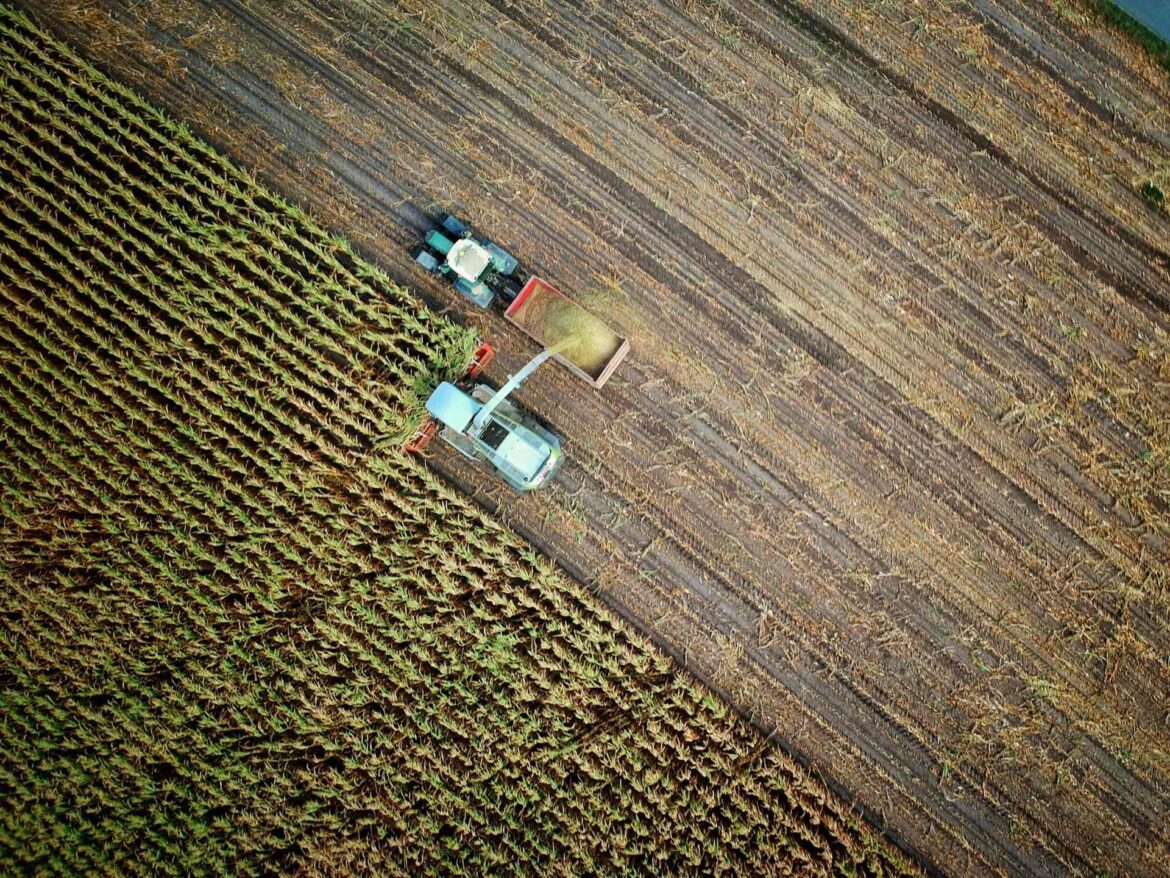The U.S. Agriculture Sector Embraces Regenerative Farming Practices in 2024
In 2024, the U.S. agriculture sector is experiencing a noteworthy shift as it increasingly embraces regenerative farming practices. This transition is primarily driven by the imperative need to confront the dual challenges presented by climate change and soil degradation. Various innovative methods, such as crop rotation and cover cropping, are being adopted by farmers and agribusinesses to enhance sustainability in agricultural practices. This evolution can be seen as both a proactive response to environmental concerns and an opportunity for agricultural advancement.
What is Regenerative Agriculture?
Regenerative agriculture is a holistic approach that focuses on restoring soil health, improving water retention, and fostering biodiversity. Unlike conventional farming methods that may deplete soil resources, regenerative practices prioritize the long-term vitality of the land. Techniques employed in regenerative farming include no-till farming, cover cropping, and composting. These methods not only enhance crop yields but also aid in carbon capture, effectively contributing to a more sustainable model of agriculture and mitigating the environmental impact of farming.
Benefits of Regenerative Practices
The benefits of regenerative agriculture extend beyond environmental restoration. According to Carla Rodriguez, an environmental scientist, “Regenerative agriculture is a win-win. It benefits farmers economically while contributing to climate resilience.” By implementing these practices, farmers can reduce input costs over time, enhance resilience against climate extremes, and create healthier ecosystems. This approach not only supports sustainable farming but also improves food security and community health, making it a critical strategy for future agricultural development.
Corporate Adoption of Regenerative Farming
Corporate entities are becoming increasingly involved in the promotion and implementation of regenerative agricultural practices. Leading food companies, including General Mills and Nestlé, are forming partnerships with farmers to incorporate these methods into their supply chains. For instance, Walmart has announced a commitment to source 50% of its agricultural products from regenerative farms by 2030. This corporate backing not only helps to legitimize regenerative farming but also provides farmers with vital resources and support to facilitate their transition to these sustainable practices.
Technological Innovations Supporting Regenerative Agriculture
In addition to corporate initiatives, technological innovations are also playing a crucial role in promoting regenerative agriculture. Various tech startups are developing AI-driven platforms that enable farmers to monitor soil health and optimize resource management efficiently. These technologies can provide real-time data, facilitating informed decision-making and enhancing crop productivity while reducing resource waste. The integration of technology with traditional farming methods is paving the way for a more efficient and environmentally friendly agricultural sector.
Government Support for Regenerative Practices
The U.S. government is also recognizing the importance of regenerative agriculture, with the U.S. Department of Agriculture (USDA) actively supporting these practices through grants and subsidies. A new federal initiative aims to enroll an impressive 10 million acres of farmland in carbon capture programs by the end of 2024. This level of government support reflects a growing acknowledgment of the necessity for sustainable agricultural practices and underscores the potential of regenerative farming to contribute significantly to climate and environmental goals.
Challenges Ahead in the Regenerative Movement
Despite the progress observed, the regenerative agriculture movement is not without its challenges. Farmers may face high upfront costs when transitioning to regenerative practices, and there is often limited awareness of such methods within the agricultural community. Additionally, the need for ongoing education and training is essential to ensure that farmers are equipped with the knowledge to successfully implement these practices. Nevertheless, with the continued backing from corporations and policymakers, the regenerative agriculture sector is poised for notable growth in the coming years.
Conclusion
The embrace of regenerative farming practices in the U.S. agriculture sector marks a promising step toward addressing critical environmental concerns. By prioritizing soil health, biodiversity, and carbon capture, regenerative agriculture offers a sustainable alternative to traditional farming methods. The collaboration between corporations, technological innovations, and government support underscores a collective commitment to fostering a resilient agricultural framework. While challenges remain, the momentum toward regenerative practices in 2024 signals a transformative shift toward sustainable agriculture, benefiting both farmers and the environment.
FAQs
What are the main benefits of regenerative agriculture?
Regenerative agriculture provides multiple benefits, including improved soil health, increased biodiversity, enhanced crop yields, and the ability to capture carbon, contributing to climate resilience.
How can farmers transition to regenerative practices?
Farmers can transition to regenerative practices by employing methods such as crop rotation, cover cropping, and no-till farming. Seeking guidance from agricultural experts and joining support programs can also facilitate this transition.
What role do corporations play in regenerative agriculture?
Corporations are partnering with farmers to integrate regenerative practices into their supply chains and are providing resources, education, and support to promote sustainability in agriculture.
Is government support available for regenerative agriculture?
Yes, the U.S. Department of Agriculture (USDA) offers grants and subsidies to support regenerative practices, and initiatives are being introduced to enhance funding and resources for farmers adopting these methods.
What are the primary challenges of regenerative agriculture?
Challenges include high upfront costs for farmers, limited awareness of regenerative practices, and the need for ongoing education and training to implement these methods effectively.

